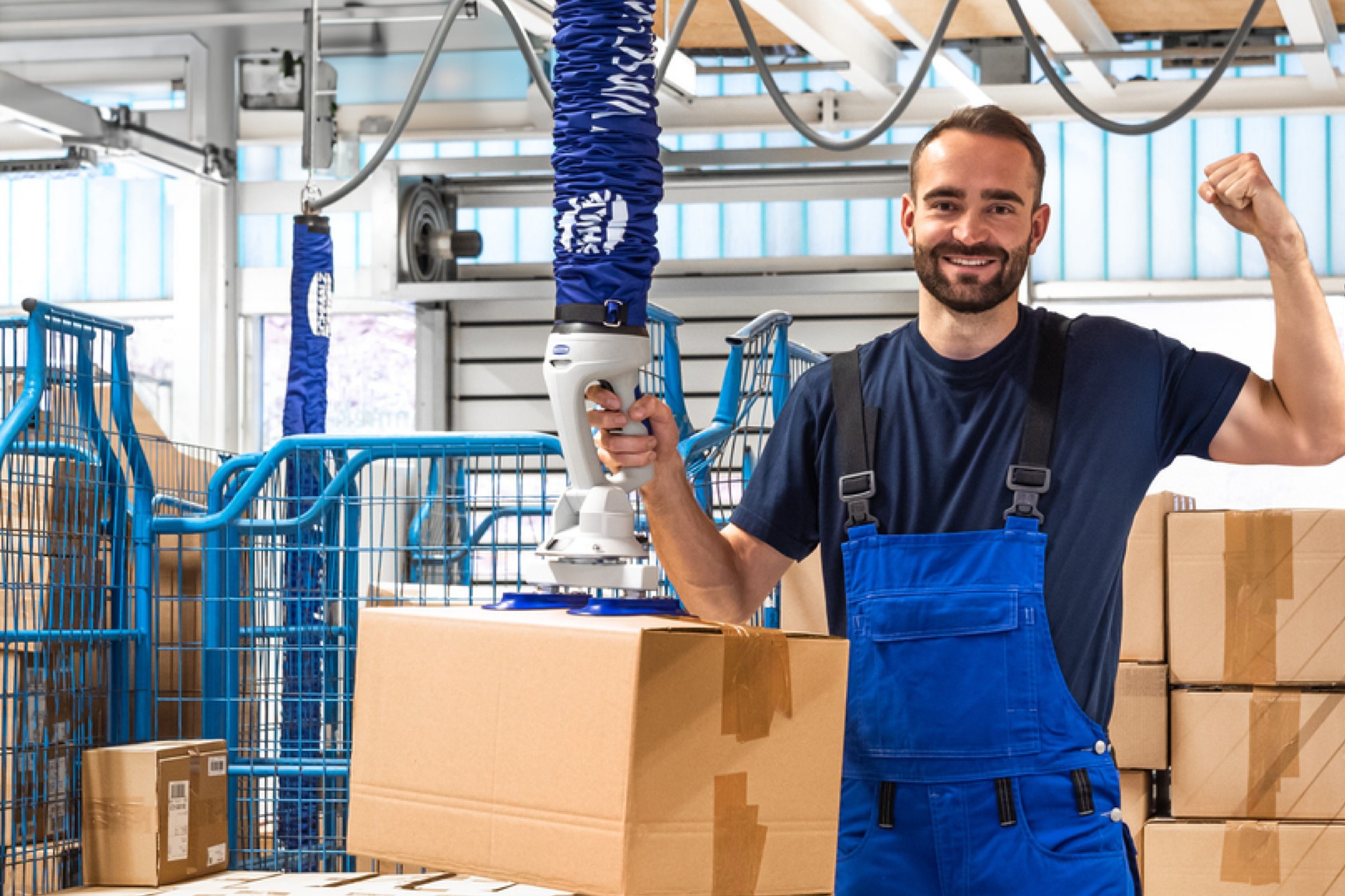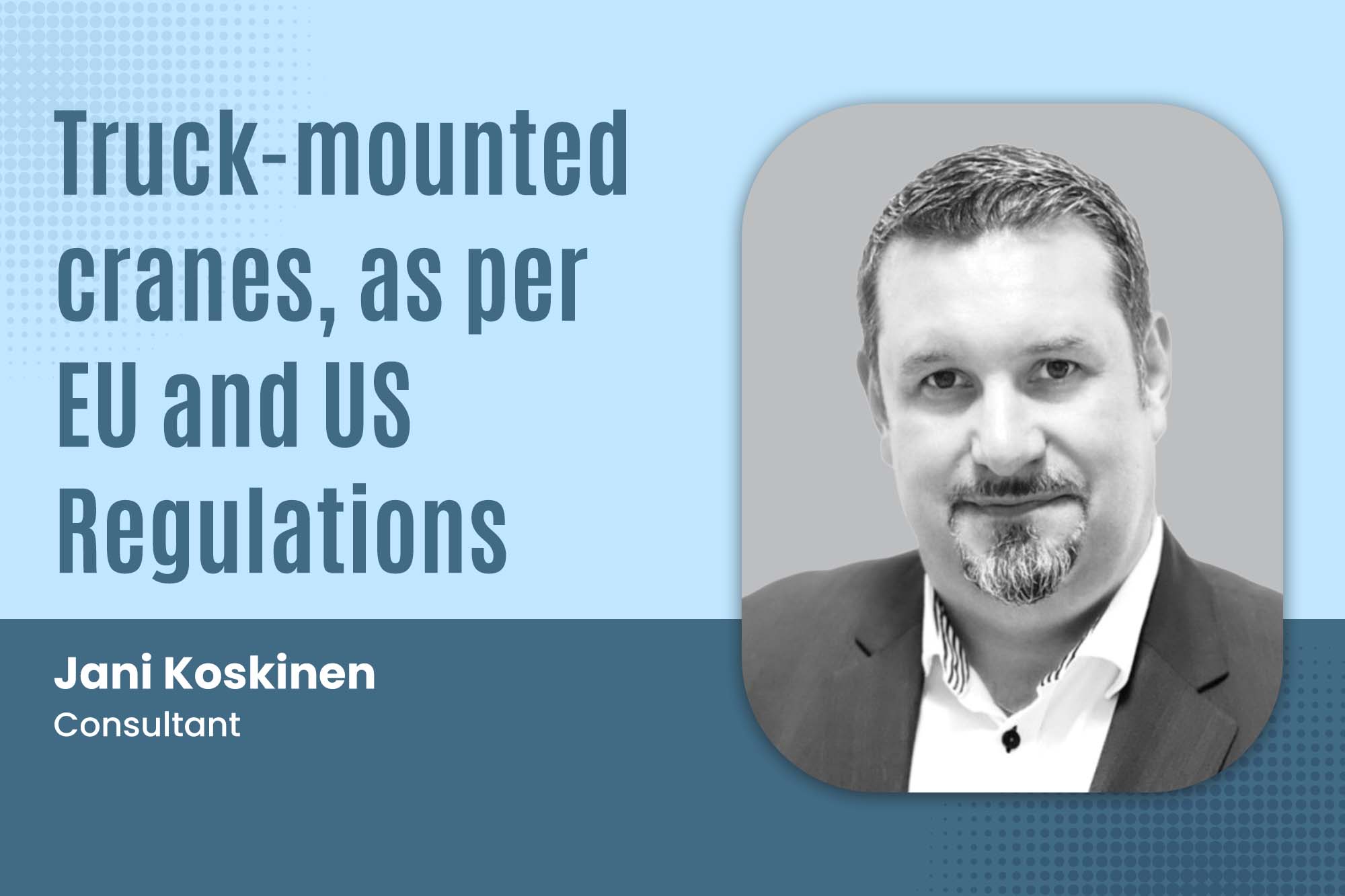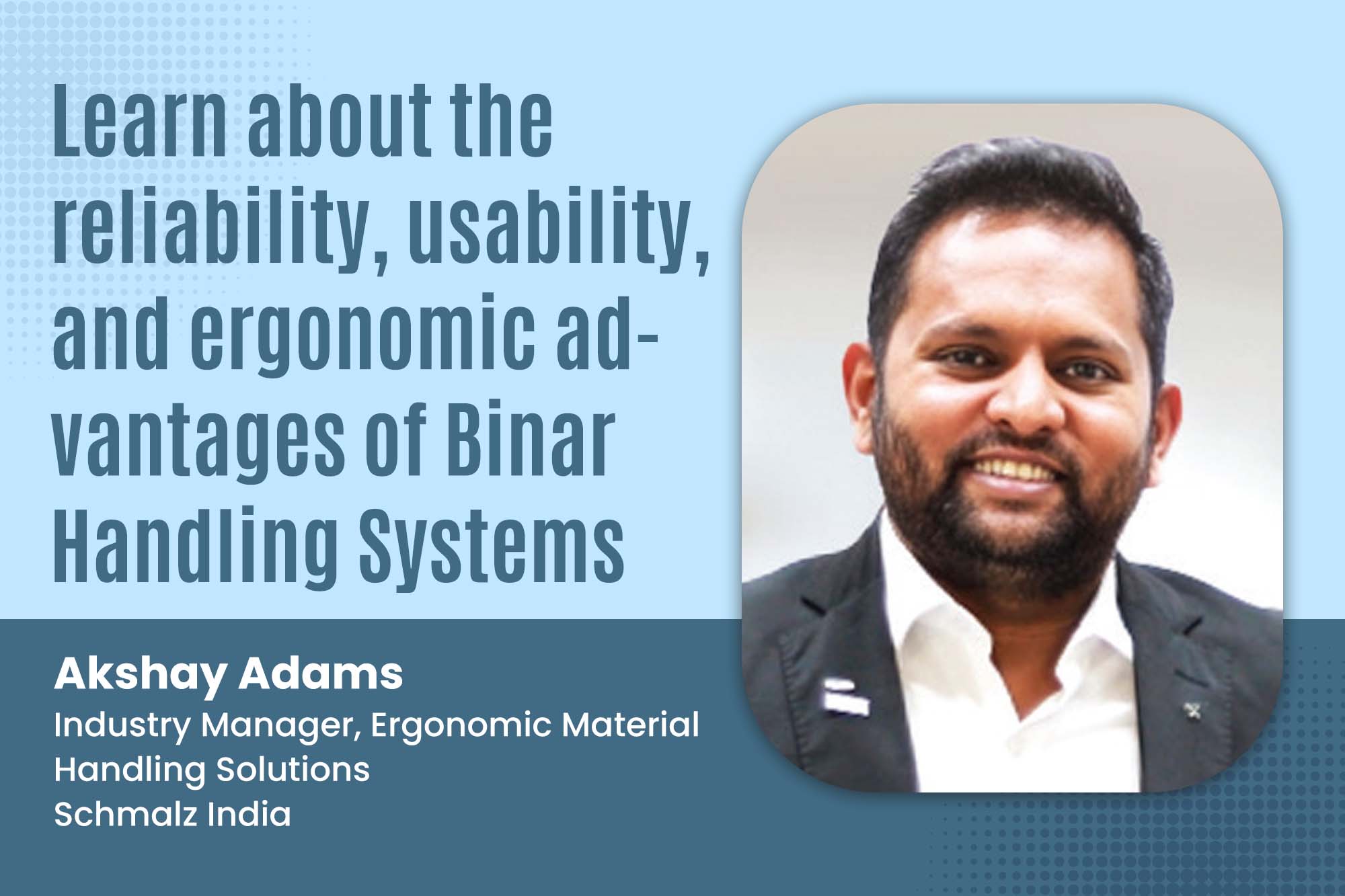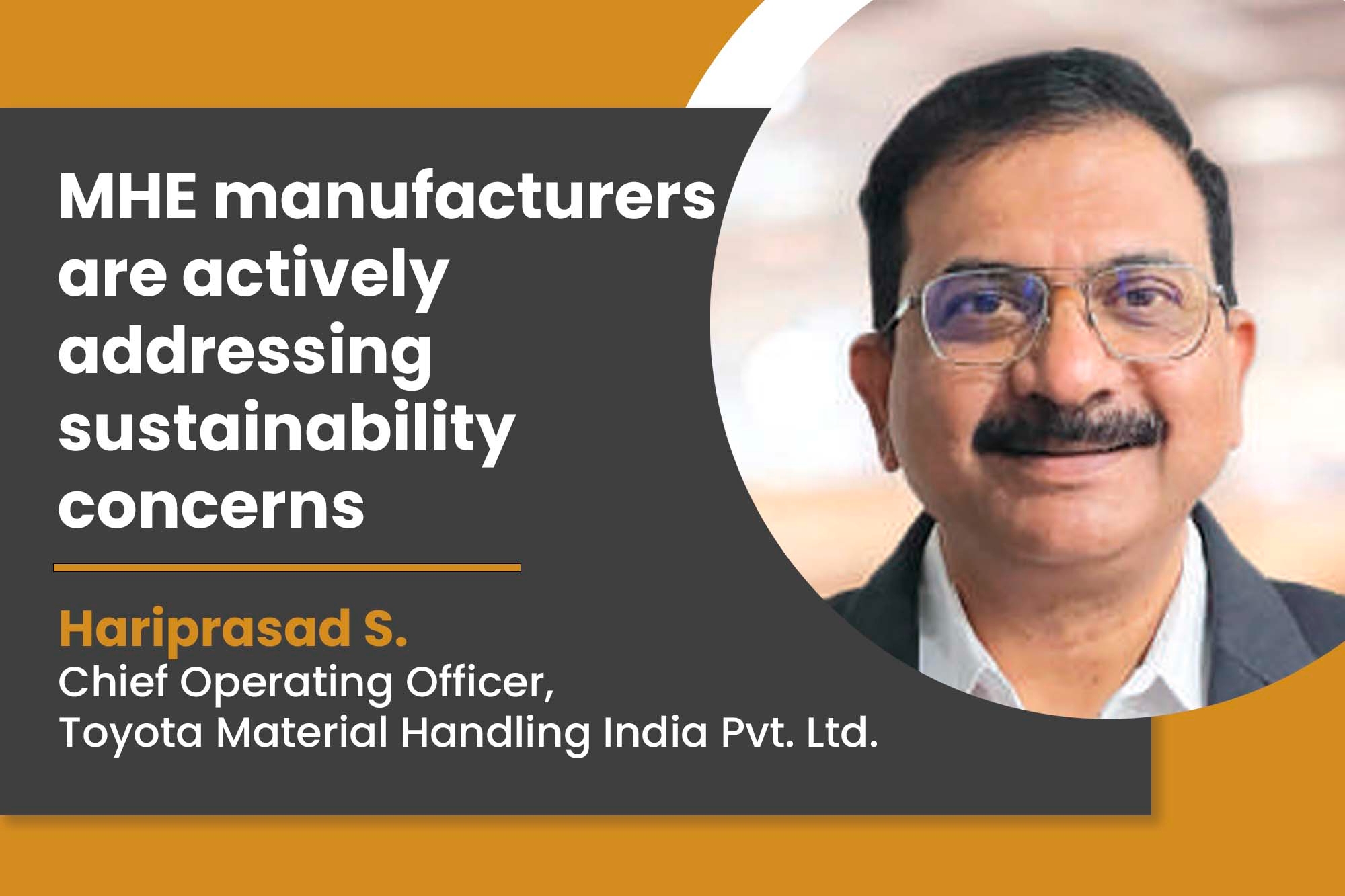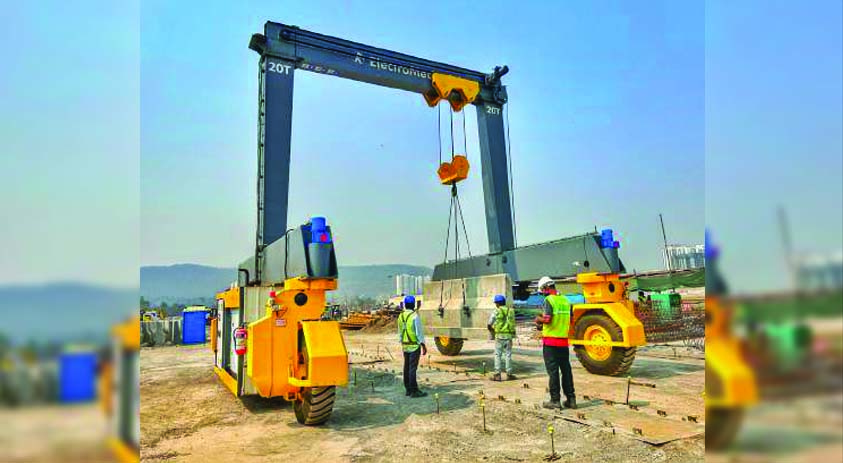Essentials for choosing material handling equipment
By Staff Report November 16, 2024 12:17 pm IST
Material handling equipment is a requisite for any business. Deciding on appropriate equipment is a task, and selection criteria are needed to ensure that MHE increases productivity, reduces costs, and improves quality and safety. Proper equipment and adherence to standards and regulations can lead to long-term growth and success.
Material handling equipment (MHE) is a fundamental component for businesses that require the handling, storage, or movement of bulk materials or products. It includes multiple tools and systems designed to make material handling safer and more efficient. Selecting the appropriate material-handling equipment for your business can be challenging due to the wide availability of components. Each equipment has advantages and disadvantages, potentially resulting in reduced efficiency and increased costs.
Material properties
A wrong choice of MHE can reduce efficiency, increase costs, and create safety risks. Factors to consider include the material’s properties, such as solid, liquid, or gaseous, shape, dimensions, weight, corrosive, sensitive, or toxic nature, and whether it requires special handling due to its fragile nature.
This will help you make informed choices for your MHE. For example, if you need to move food items, you may need hygienic stainless steel equipment to prevent contamination and spoilage. Special equipment may also be required for moving corrosive, toxic, or fragile materials, protecting materials and workers.
Facility space allowances
The size of material handling equipment depends on the facility where it would be used and your requirements.
Measuring the dimensions of your facility, including floor area, ceiling height, doorways, aisles, and layout of storage racks, production lines, loading docks, and other equipment, will manage MHE in a tight workspace. For example, parking a giant tractor in a cramped garage doesn’t work. The same concept applies here.
After all, you wouldn’t wear shoes that don’t fit, so why choose material handling equipment that doesn’t fit your facility? If you have low-ceiling floors, cranes or hoists may not be feasible. Compact or flexible equipment is better for narrow aisles. Automated or semi-automated systems that coordinate with other equipment may be the best choice for complex layouts.
Choosing the right MHE for your facility requires careful consideration of its dimensions and layout. Don’t try to fit a square peg into a round hole—choose equipment that fits your facility like a glove.
The structural strength of the facility
MHE selection for your facility is like shopping for shoes; they must fit well and won’t cause damage. Before savouring your building’s impressive features, evaluate its structural strength.The floor and walls must handle the weight of your equipment, including electrical wiring, plumbing, ventilation, and lighting systems; this can prevent potential issues like leaving you in the dark. If your building cannot handle the load, consider downgrading to smaller, less damaging equipment. If there’s insufficient electrical supply or outlets, manual labour may be necessary, which can be detrimental.
Avoid skipping structural assessments, as it’s like trying on shoes before buying. Proper equipment and sturdy buildings ensure efficient and safe material handling.
Material handling objectives
While selecting MHE, we must consider objectives like increased productivity, reduced costs, improved quality, or safety. Avoid settling for less and choose equipment that suits your power. This will help grow your business by achieving these objectives.
The Flash is a productivity-improving tool that moves and stores materials, while EOT, gantry, or JiB cranes aid in performing challenging tasks. They can reduce energy, labour, and maintenance costs while outperforming gravity conveyors, pallet jacks, or robots. Quality equipment also ensures the safety and soundness of materials. Equipment with ergonomic controls, safety guards, or fire suppression systems can protect workers and materials from harm.
Material handling standards and regulations
Equipment handling should be handled responsibly and according to industry- and location-specific standards and regulations. Businesses need to follow certain guidelines to ensure the best possible outcome. Conduct thorough research on the standards and rules governing MHE, such as food-grade or hazardous, to ensure it meets the required standards and certifications before purchasing it.
Safety should be a top priority in the hazardous industry, requiring compliance with occupational health and safety standards and using protective, secure, and reliable equipment. Consult with relevant authorities and experts before purchasing or using material handling equipment to ensure it meets required specifications and certifications. Avoid compromising on material handling standards and regulations. Adhere to the rules, as it’s responsible and ethical and can save you time and money in the long run.
Source: Ailas Engineered Solutions Pvt Ltd
Cookie Consent
We use cookies to personalize your experience. By continuing to visit this website you agree to our Terms & Conditions, Privacy Policy and Cookie Policy.




